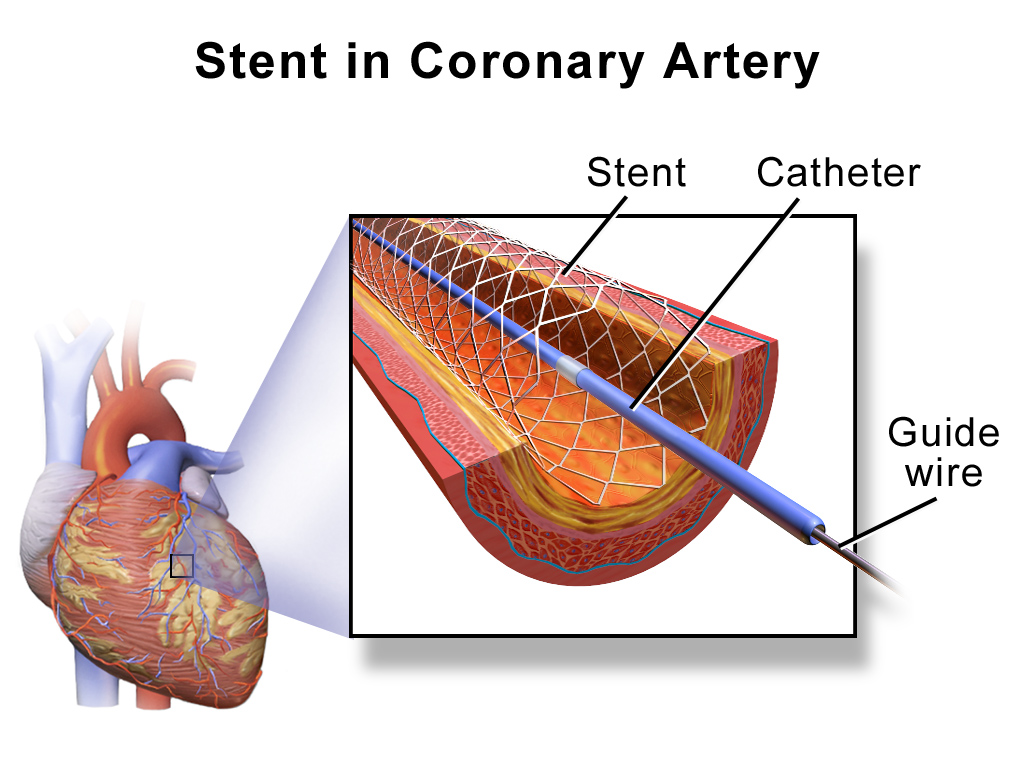3D printing has been called upon once again to revolutionise the world of cardiovascular surgery in a new study from Texas A&M University.
The university is looking to combine high-resolution CT scans, Virtual Reality, vascular robotics systems and 3D printing to create personalised medicine. Essentially it wants to produce individual diagnostic data to provide a tailored treatment programme that actually saves money and provides a better standard of care.
All of the treatments outlined by Texas A&M are available today and are used in isolation, but the university is the first to use them in combination in this way to create a holistic treatment plan.
One of the country’s biggest killers
Cardiovascular disease is one of the biggest killers in terms of diseases and more than 15 million people seek help for cardiovascular issues each and every year.
With a tailored treatment programme, more of these patients could look forward to a speedy recovery and a better quality of life.
Catching it early is key
Early detection is critical, as with a number of diseases. If a serious cardiovascular condition is left unchecked, then it can swiftly turn into a life-threatening illness. Invasive testing is still the best way to diagnose an ailment, while traditional stress testing is only 85% accurate.
CT scans have become an accepted fact as they can provide clear scans of the coronary arteries as well as the heart valves. It can also key in to the plaques that are causing specific conditions, as well as problem arteries. This helps doctors predict how a disease will develop over time.
Of course eventually they have to get in there and fix a problem, which is where the robotics come in. With the help of a Virtual Reality headset and haptic feedback glove, doctors can operate without ever touching the patient. Virtual Reality is quietly revolutionizing healthcare, so this is just the latest step.
This has a number of benefits. As the robotic shrink in size it means the surgery is much less invasive. It also means the doctor can be at any physical location, so a variety of specialists can focus on one kind of surgery and carry out operations in Los Angeles, New York and Miami on the same day.
Radiation doesn’t suit surgeons
The use of VR and vascular robotics also means that the doctor is not exposed to radiation. It may seem like a small concern in the grand scheme of things, but a surgeon who carries out a number of these operations every day is exposed to potentially harmful levels. Cardiologists are exposed to more harmful radiation than any other medical professional, so any protection has to be a good thing.
Virtual Reality also helps in the planning stages, as the system combines with the CT scan to create an accurate map. Doctors no longer have to wait to see what they find when they make the first cut and this will save lives on its own.
3D printing: parts to fit
As for 3D printing, tailor-made stents and scaffolds could have a massive impact on the success rate of the surgery. There isn’t a great deal of free space inside the vascular system, so it’s vital that the stents, scaffolds and any other insertion fits perfectly.
It would be inappropriate to suggest that surgeons are forcing in the wrong parts, but a piece that is tailor-made for a patient simply has to be an improvement. 3D printing also allows for biocompatible materials like cobalt-chromium to work their way in to the manufacturing process. In fact, once the system is in place then there is room to experiment with other materials, including plastics, that could save lives.
3D printers can also be used in the planning stage to produce an accurate representation of the issue the surgeon faces before he scrubs up.
All these parts have been used on their own, but put together they could make a formidable arsenal of weapons in the war against cardiovascular disease. Texas A&M is convinced that a systematic approach can help cut mortality rates and give patients a better life.
We’re pleased to see 3D printing playing its part.




